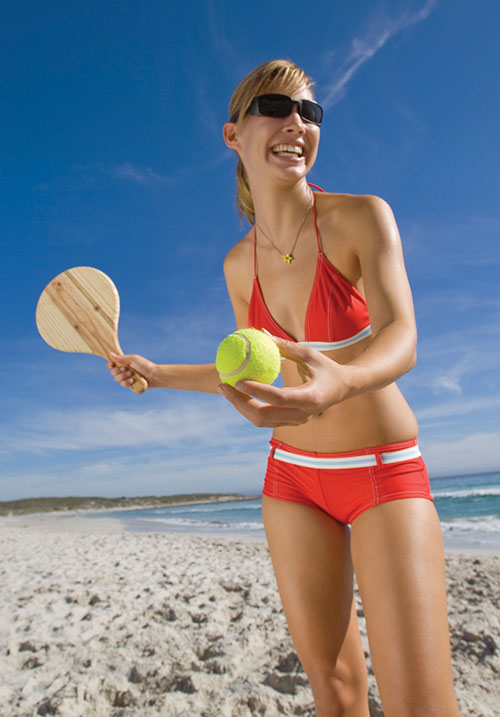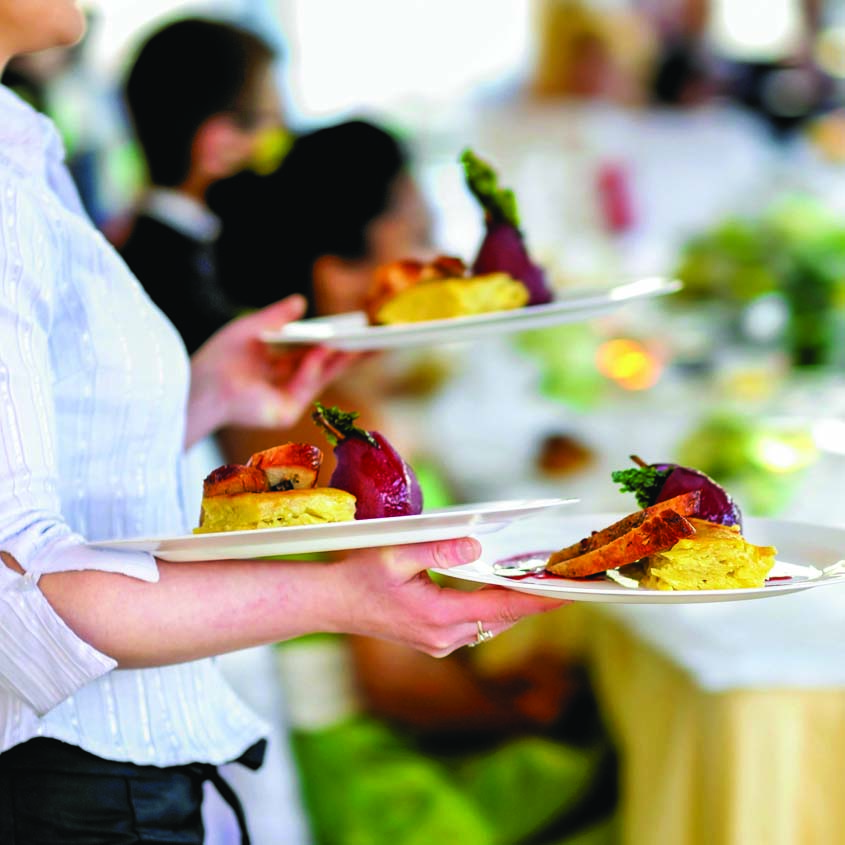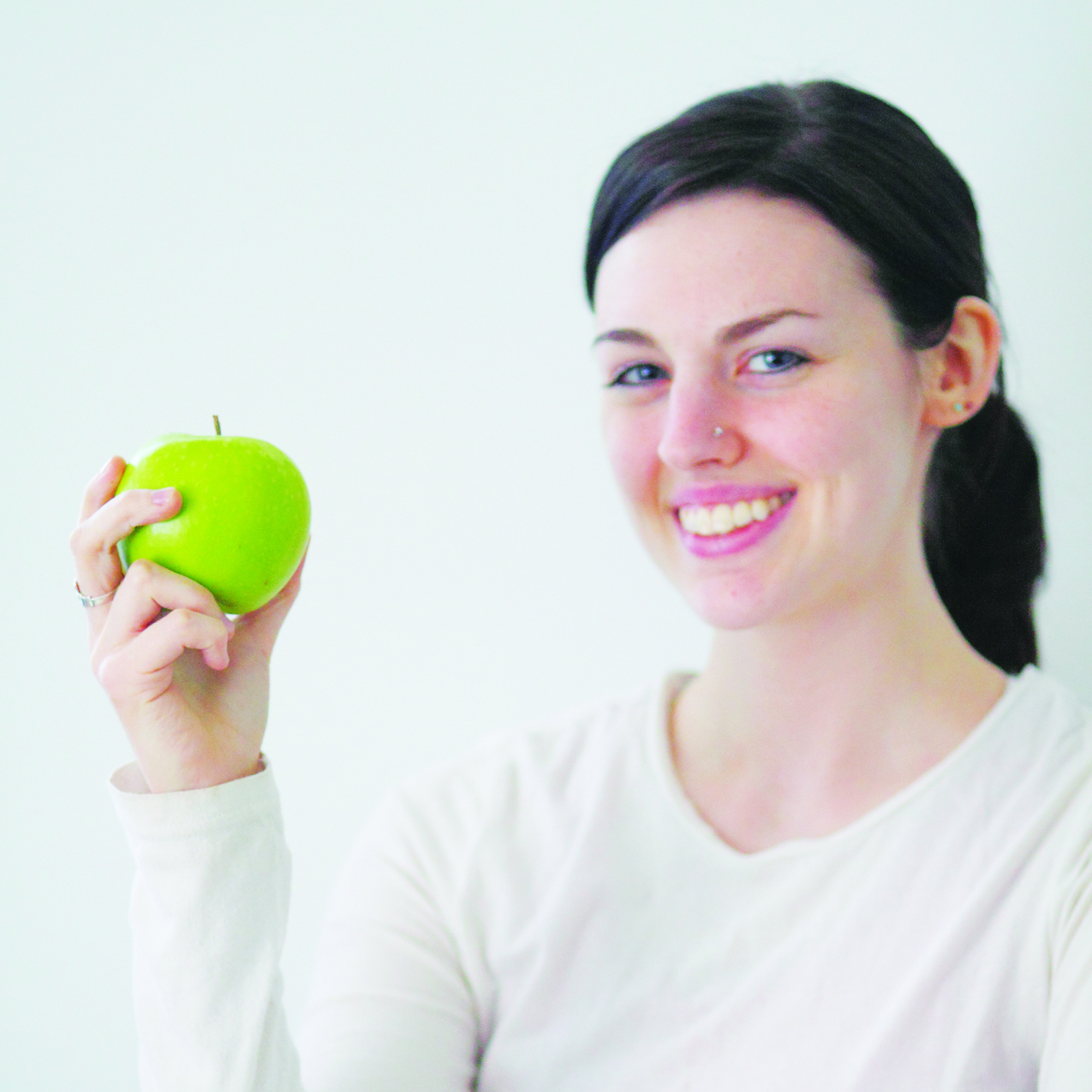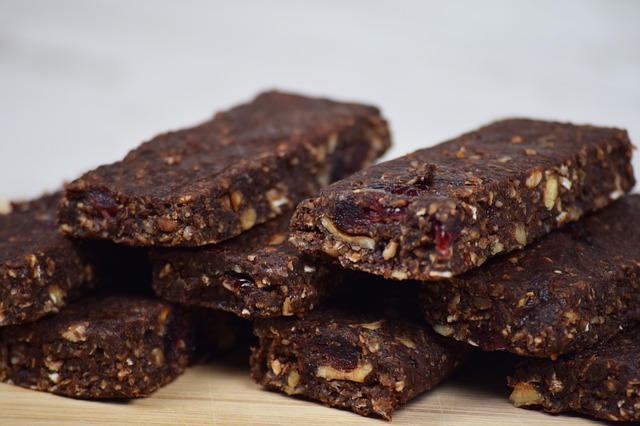Summer is typically full of fun, vacations and relaxation, but while the sun and surf may be refreshing for the mind, sometimes the body pays a price for all of those days spent soaking up some rays. But summer can be harsh on skin, feet, hair, and more. As the warm days wind down, practice some post-summer beauty tips to revive your skin, hair and feet.
Hair
Weeks spent diving through the waves or plunging into a backyard pool is excellent exercise and a great way to cool off on hot days. However, saltwater and chemical-laden pool water can turn tresses into a mess. One pitfall that plagues people who swim regularly is a green tinge that appears in the hair, which is most noticeable on people who have blond hair. Some people blame the chlorine in the water for the green tint, but the real culprit is copper, a common element found in commercial algicides.
The solution is to find a shampoo that chelates the metal. Speak with a salon professional or a supplier of salon products to find the right shampoo for you. It’s sometimes possible to prevent future green highlights by sealing the hair cuticle with a conditioner before swimming, and then thoroughly rinsing hair after exiting the pool.
Swimmer’s hair is another summertime phenomenon. Constant exposure to water and sunlight can leave the hair’s cuticles exposed and susceptible to damage. Leave-in conditioners may help counteract some of that damage. If that doesn’t work, speak to a stylist about what can be done to get hair looking healthy once again. He or she may suggest a fresh cut, new hair color and deep-conditioning treatments.
Skin
Many people now know of the damage ultraviolet rays can do to unprotected skin. In spite of that widely held knowledge, skin cancer remains the most common form of cancer in the United States, where the Skin Cancer Foundation says more than 3.5 million skin cancers are detected annually. The best protection against skin cancer and skin damage from the sun is to use sunscreen and remain in the shade as much as possible. However, sometimes sunburns and blotchy suntans prevail.
Moisturize the skin with a penetrating product as a first recovery step. Aloe is an item found in many healing skin balms and lotions.
Although it can be tempting to tear off portions of peeling, sunburned skin, the peeling is actually a natural part of the healing process and should not be disturbed. The dead skin acts as a protective layer while fragile, tender new skin grows underneath. Use a mild soap and lukewarm water when showering. Moisturizer can keep the damaged skin moist and make peeling less noticeable. Some have found that spraying the skin with a solution made of vinegar and water can reduce the itching associated with peeling skin.
If any part of the skin does not heal or looks strange, visit a dermatologist.
Feet
Walking barefoot or in flip flops or sandals is common during summer. But flimsy sandals offer little protection against the sun as well as any dangers on the ground. Once summer is over, many people find their feet have paid the price, with calluses, blisters and dried-out skin.
Find a spa or nail salon that provides paraffin wax treatments. These treatments use warm, oil-based wax to provide pain relief and skin-softening benefits. The heat in the wax increases circulation and relieves pain and stiffness. Paraffin works by increasing blood supply to the skin while also opening pores and trapping moisture from underlying layers of skin.
Pedicure treatments also can provide some relief for your feet. Soaking and massaging the feet and addressing any calluses can help feet recover. Think about also applying a deep moisturizer to the feet and then covering them with cotton socks, which can be left on while you sleep, and you may discover the following morning that you have woken up with softer, smoother soles.
Summer is a fun time of year, but one that takes its toll on the human body.
A few simple tips can recharge the body and have a person looking refreshed and revitalized.












 percent cocoa.
percent cocoa.


